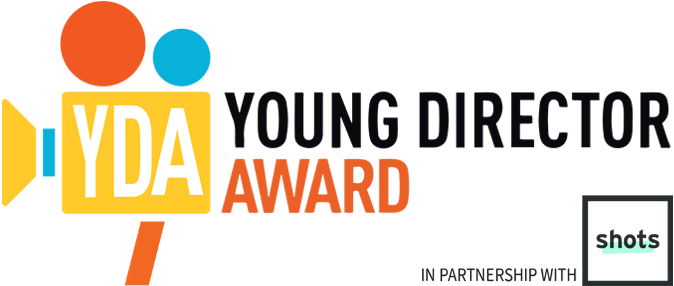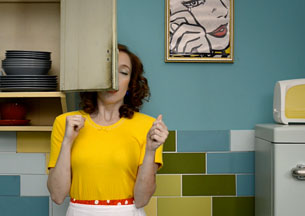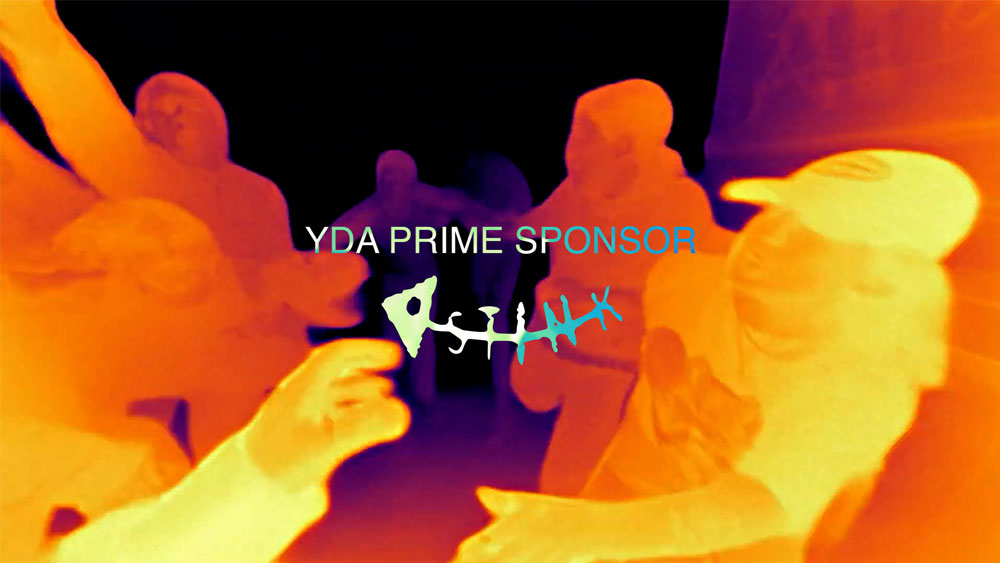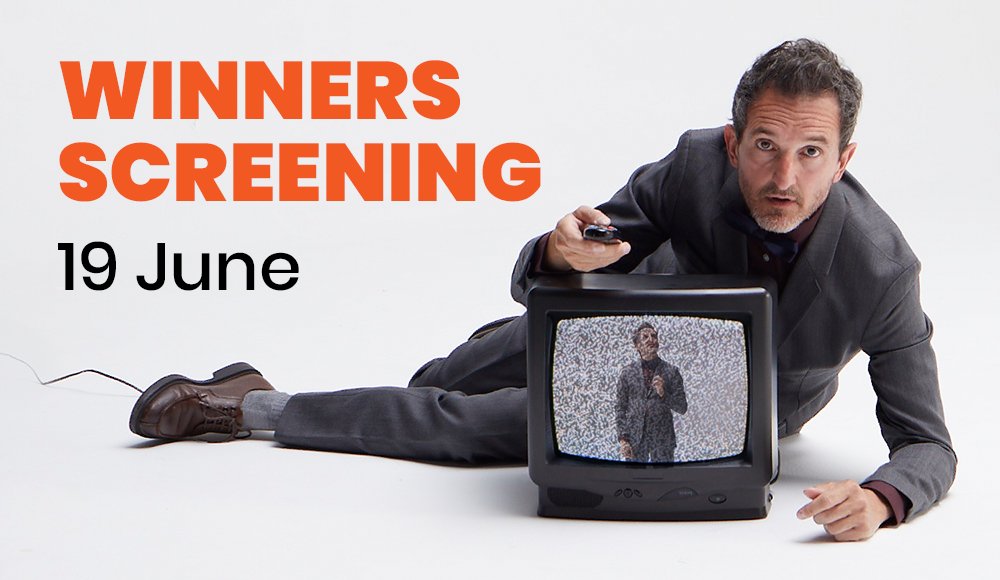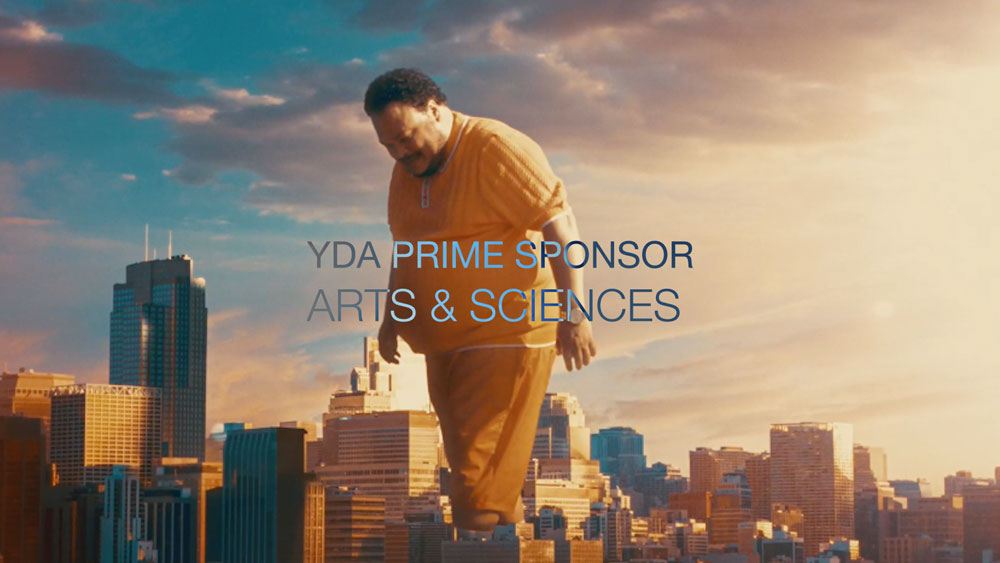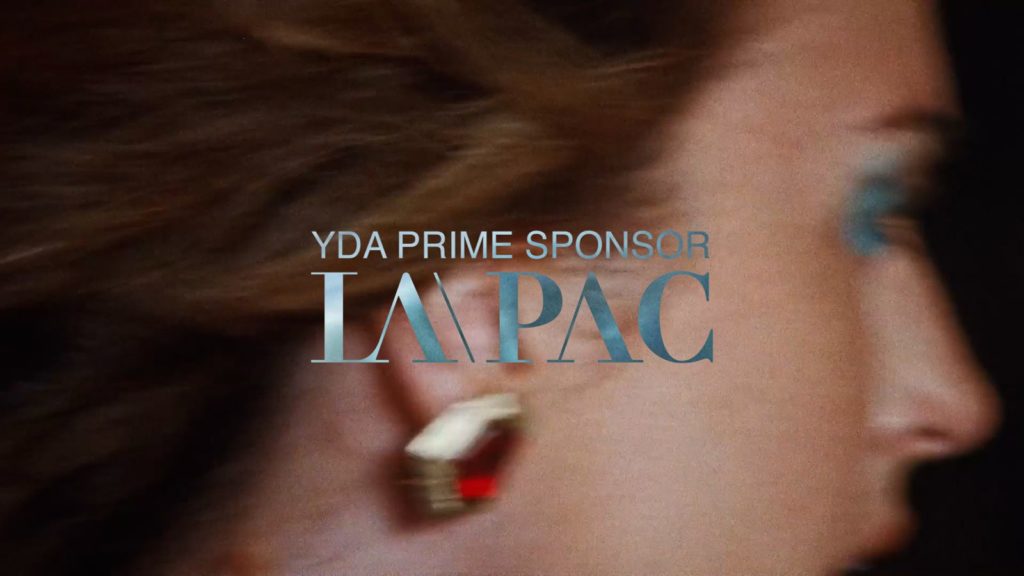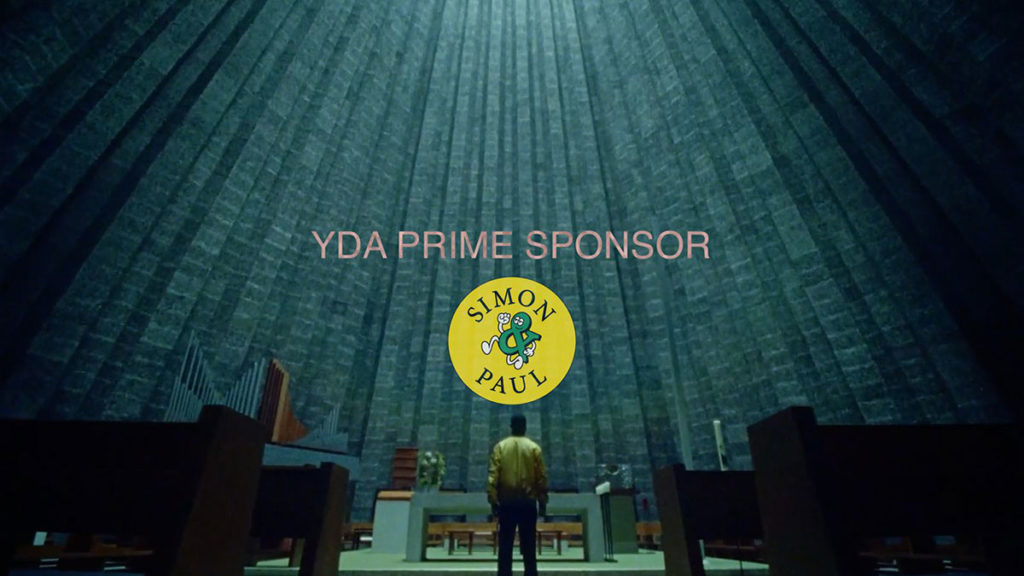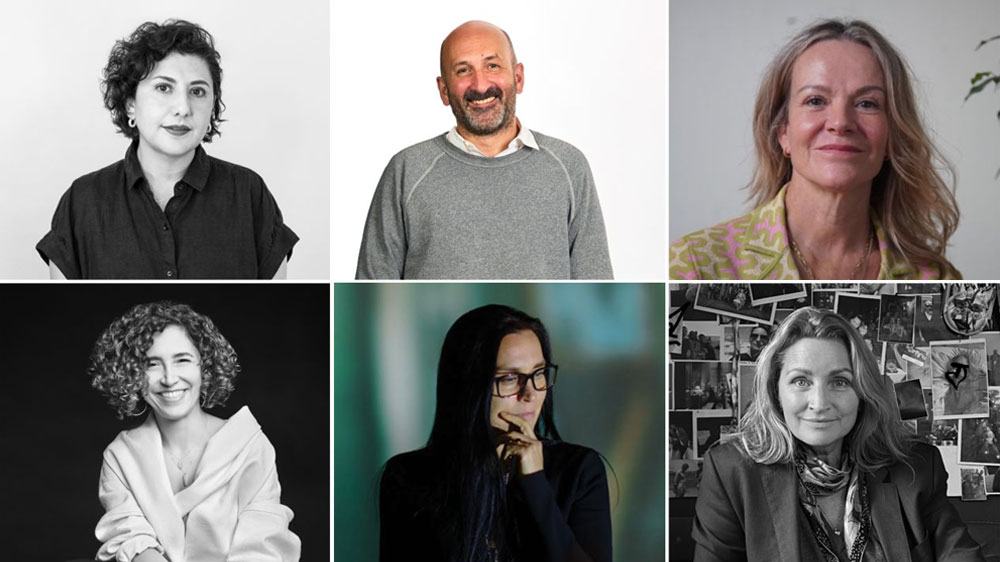The YDA together with Canon decided this year to award the spot with the highest number of views from the shortlisted films on YDA’s Youtube channel. So it’s with great pleasure that the YDA would like to announce that Balint D. Sos who has just recently signed to Strawberry Films in Budapest, Hungary won the Public Vote with 170,281 views for his test commercial “Incidents”. Balint wins a Canon camera (EOS 5D Mark3 plus lens EF 24-105).
Here, we catch up with Balint and talk about his winning film and where he’s at in developing his directing career.
http://www.youtube.com/watch?v=eFXiSzj22v0A potted history of your working life please – thus far! Also did you study film?
I started out as a graphic and web-designer. A couple of years later I moved on to advertising, with the sole aim to become a film director. Since I haven’t had any official film training, this seemed an alternate way to get close to shootings and film in general. So I put in a couple of years as an ad creative (art director, and later copywriter), and it paid off: after two years I’ve got an opportunity to direct a commercial. Soon after, I left the agency, and became a freelance director, which is my life now.
When did you decide you wanted to direct?
I wanted to be a director ever since I was a child, but somehow I managed to build up a proxy-career instead. Even when I was a designer, or later ad creative, in my heart I wanted to be a director, but in retrospective these years greatly affected my later filmmaking and visual style, so it wasn’t time wasted at all. When I first started directing four years ago, I already had a pretty good knowledge of art direction and the way commercials are developed which was useful for directing commercials.
Tell us please how the Incidents, Women against Women Violence, spot came about please. What was the original brief and from whom?
There was no original brief, that is why we entered the spot in the Test Commercial category. The whole idea of making a test spot came from Katalin Krammer, producer at Strawberry Films. She approached me with the idea, because she saw some talent in me, and she was also willing to invest in the production. It was a humbling moment, and I am forever grateful for her support.
So if we were to invest in a test commercial, we thought, why not make something that could have some real impact and use later on, so we decided on making a PSA. A friend of mine, János Debreceni remembered an old script he wrote for NaNe, which had the line ‘Don’t let your conscience sleep’. Basically that sentence was the brief, on which I wrote the script.
I have decided early on, that I won’t show women being abused, no spilling blood and other ‘shocking’ effects, that almost every domestic violence PSA uses. I didn’t want to shock, I wanted to find an alternative talking point in the domestic violence conversation. That’s why we finally addressed people who might know abused people in their social circles. It would be naive and nonsensical trying to talk to the violators or the victims themselves, but gently reminding people to act when they see abuse is a fair message I think. If we managed to strike up just one conversation, it was worth it.
And how did you develop the brief with your treatment?
The whole development was quite organic, from the core message to the art direction. One thought just led to another. As I said, we wanted to address people who might have a hunch that someone in their circles is being abused. That lead to a research of the real situation, and we found out that a large percentage of victims are actively trying to hide their abuse, and ‘domestic accidents’ are the main evasions of the queries.
For me this seemed like a very bizarre and painful state that these people were forced into, so I wanted to communicate this with the film: while they are trying so hard to keep up the facade of happiness and order, you could easily see that there’s something wrong behind the scenes, and it’s only up to your conscience to either go with your hunch, or just let it go, and persuade yourself that in fact they have really been in an accident, the third time this week. So this was the starting point for the script I wrote, but these also were the guidelines to everything else, from art direction to music choice, or the acting styles of our three great actresses.
Adam Heisler, the producer was a great aid in making everything possible, just the way I dreamed it. Even though we had a tremendously limited budget, he managed to make me feel like I had everything at my disposal, just as if it was a big budget commercial.
The clean, block colours art direction steps out of the stereotypical domestic violence grittiness usually found in commercials. It’s a style you have also used in the wonderful PSA Ride your bike. Please tell us about the art direction and how that came about. What inspired you? Did you have sets built?
I like to think of myself as a ‘style-less’ director, in the sense that I always make every choice based on the actual script, and what the story needs, and not because I have a fondness for certain styles. This was also the case for the NaNe spot. The vivid colours, the perfect order of furniture and appliances, all communicated their painstaking effort to lie that everything is cheerful and alright.
There are only some small signs to alert the viewer that something is off: the pictures in the background, the fiddling with the wedding rings, etc. Just as in real life: you are never sure if the other person is actually a victim of abuse, but if you have strong hunches about it, it should be enough to maybe gently start up a conversation with her.
The sets were designed and built by a team led by Nóra Takács, with props from Panni Luther. The art direction was my responsibility, together with the DOP Tamás Gács.
You seem to have gone through three stages in your film work. What is the background story to using puppets which seem to feature quite a bit in your earlier work and then faces through cut-out paintings. And now the clean filmic lines of the charity ads.
I wouldn’t call it ‘stages’ – it would be too early to have ‘stages’ at this point of my filmmaking career, so it would be pretentious of me to talk about my films that way. As I said, when I direct, everything comes from the script. The cheap hand-glove puppets were used because the campaign’s core message was ‘big entertainment with small budget’ – so we created two cheap puppet figures replacing the actual actors of the previous campaign. It was an economic-crisis friendly campaign.
The faces in the cut-out paintings are also rooted in the campaign idea: as a customer you are always forced into different predesigned offers of banks, you don’t really have freedom, you’re just a part in a bigger picture that you can’t control. Hence the pre-drawn cut-out boards and the inserted heads.
What is your favourite camera and kit?
I’m not really a ‘film-nazi’, but it has to be said, film is still the best medium. But I rarely have an opportunity anymore to work with film. Usually we use the Canon 5D or Arri Alexa systems. This digital revolution is both a blessing and a curse: we can do stuff so much cheaper and faster now, but unfortunately the expectations grew together with the technical advances: it’s always a task to explain to clients, that shooting their commercial won’t be 5 dollars and ready by tomorrow, just because we use a relatively cheap camera.
Where were you brought up? Did creativity play a role in your childhood?
I was brought up in Budapest, capital of Hungary. I was a nerdy ginger kind, kinda like the one in this year’s YDA commercial, so I had time to kill alone, yeah 🙂 I immersed myself in computers, films and books – and grew very fond of fiction and visual stuff. As a teenager I was involved in a thing known as the demo-scene: nerdy guys writing and designing computer programs with the sole intent for visual trickery – vfx stuff that you see in contemporary music videos, we just had to invent and code them from scratch, without the use of sophisticated software.
What is your current plan?
I’d like to direct as much as possible, commercials and music videos and other short format films. Work more with good actors. I’d really love to get a chance abroad, to work with the talented people who are making the international advertising industry great.
What would your dream script be?
A PSA for the humane treatment of ginger kids starring Philip Seymour Hoffman.
LINK: Strawberry Films
